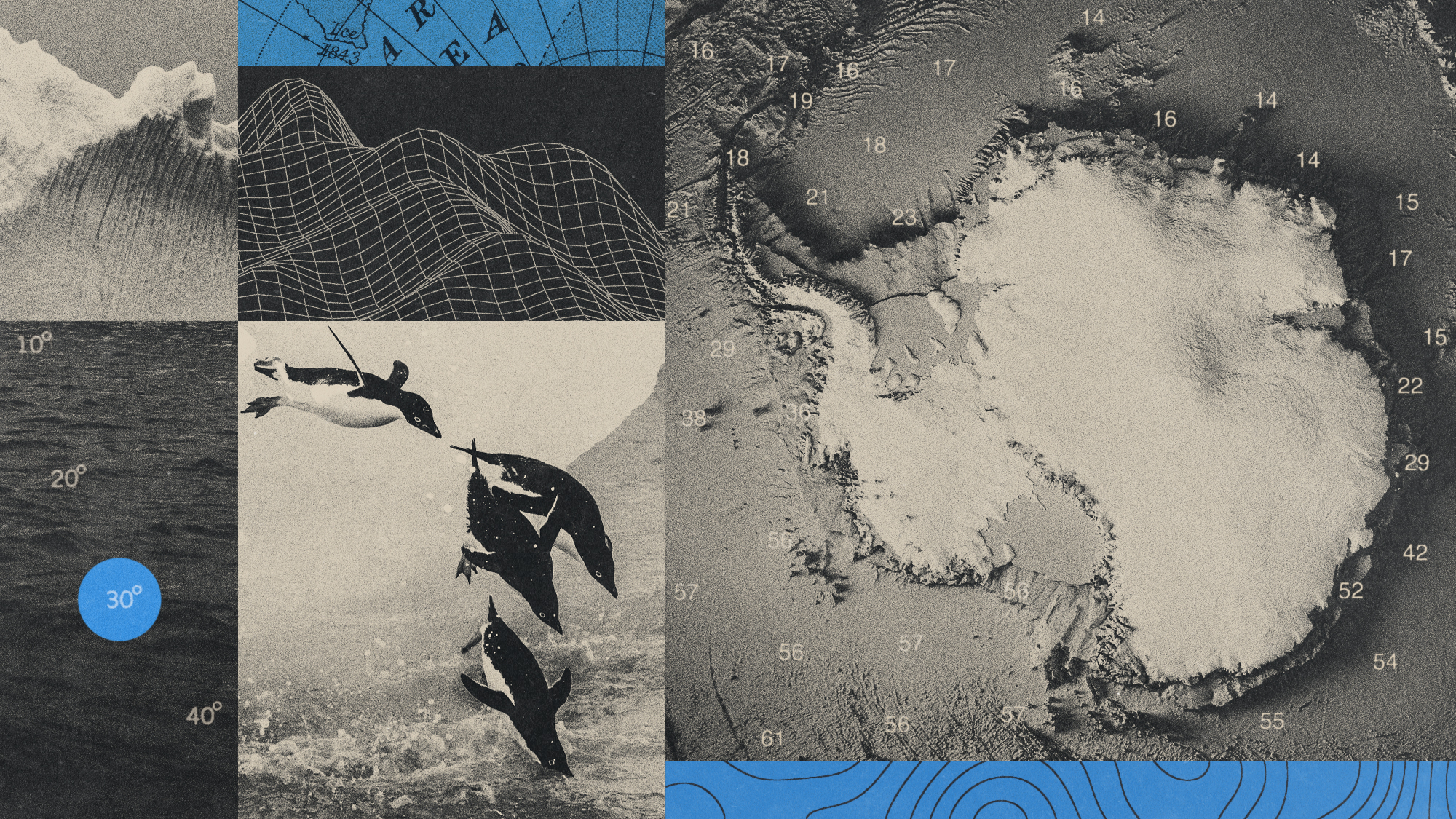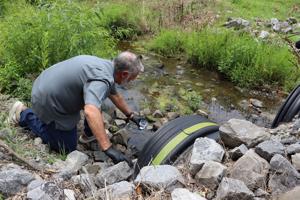Science
Antarctic Canyons Revealed: Key Players in Climate Change Dynamics

Researchers have uncovered the significant role of underwater canyons beneath Antarctica, revealing their potential impact on global climate change and ocean circulation. A study published in the journal Marine Geology identifies 332 underwater canyons, some reaching depths exceeding 4,000 meters (over 13,000 feet), highlighting the complexity of these formations in the region.
Canyon Characteristics and Variations
According to David Amblàs, a researcher with the Consolidated Research Group on Marine Geosciences at the University of Barcelona, the Antarctic submarine canyons share similarities with those found globally. However, they are notably larger and deeper due to the long-term effects of polar ice and the large volumes of sediment that glaciers transport to the continental shelf.
The study notes distinct differences between the canyons in eastern and western Antarctica. The eastern canyons are described as “intricate and branching” with broad U-shaped profiles, while those in the west are generally shorter and steeper, characterized by sharp V-shaped formations. This suggests that the East Antarctic Ice Sheet is likely much older than its western counterpart, a theory supported by previous sedimentary record studies.
Significance in Climate Models
Researchers emphasize that these canyons could have a more profound impact on ocean circulation, ice-shelf thinning, and global climate change than previously recognized. Areas such as the Amundsen Sea and parts of East Antarctica are particularly vulnerable, according to the findings.
Submarine canyons play a crucial role in ecological, oceanographic, and geological processes worldwide, facilitating the exchange of water between the deep ocean and the continental shelf. Cold, dense water formed near ice shelves flows into the deep ocean, contributing to what is known as Antarctic Bottom Water. Conversely, these canyons also transport warmer ocean waters towards the coastline, helping to stabilize Antarctica’s interior glaciers. Yet, their importance remains largely overlooked in climate change science.
As less than one-third of the seafloor has been adequately mapped, many submarine canyons remain undiscovered and understudied. This lack of data means they often do not feature in current climate change models, potentially underestimating their influence. Scientists estimate there are approximately 10,000 submarine canyons worldwide, with most still unexplored, particularly in polar regions.
Accurate mapping of the seafloor and understanding its impact on water movement are essential for developing reliable ocean circulation models. As The Guardian highlights, recognizing the role of these underwater canyons is critical for improving predictions related to ocean dynamics and climate changes.
-

 Technology5 months ago
Technology5 months agoDiscover the Top 10 Calorie Counting Apps of 2025
-

 Health2 months ago
Health2 months agoBella Hadid Shares Health Update After Treatment for Lyme Disease
-

 Health3 months ago
Health3 months agoErin Bates Shares Recovery Update Following Sepsis Complications
-

 Technology4 months ago
Technology4 months agoDiscover How to Reverse Image Search Using ChatGPT Effortlessly
-

 Technology1 month ago
Technology1 month agoDiscover 2025’s Top GPUs for Exceptional 4K Gaming Performance
-

 Technology2 months ago
Technology2 months agoElectric Moto Influencer Surronster Arrested in Tijuana
-

 Technology5 months ago
Technology5 months agoMeta Initiates $60B AI Data Center Expansion, Starting in Ohio
-

 Technology5 months ago
Technology5 months agoRecovering a Suspended TikTok Account: A Step-by-Step Guide
-

 Health4 months ago
Health4 months agoTested: Rab Firewall Mountain Jacket Survives Harsh Conditions
-

 Lifestyle5 months ago
Lifestyle5 months agoBelton Family Reunites After Daughter Survives Hill Country Floods
-

 Technology4 months ago
Technology4 months agoHarmonic Launches AI Chatbot App to Transform Mathematical Reasoning
-

 Technology3 months ago
Technology3 months agoUncovering the Top Five Most Challenging Motorcycles to Ride

















